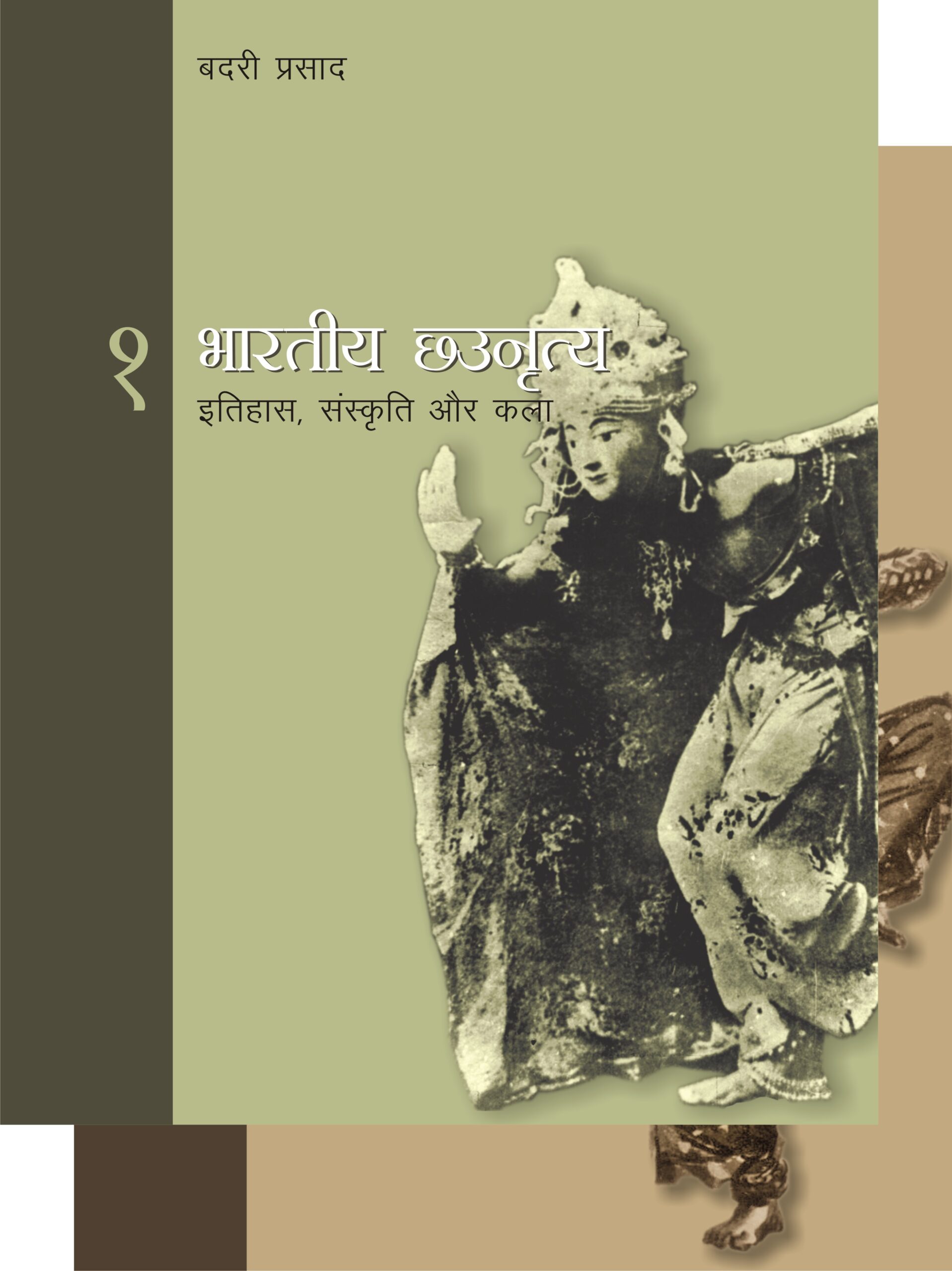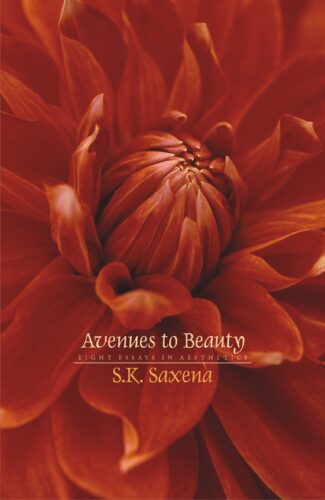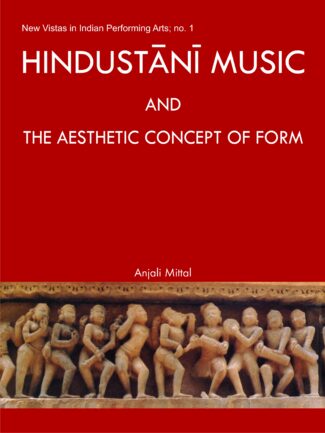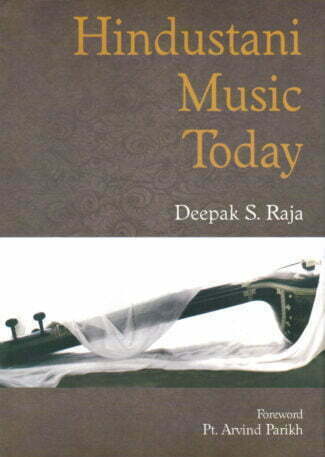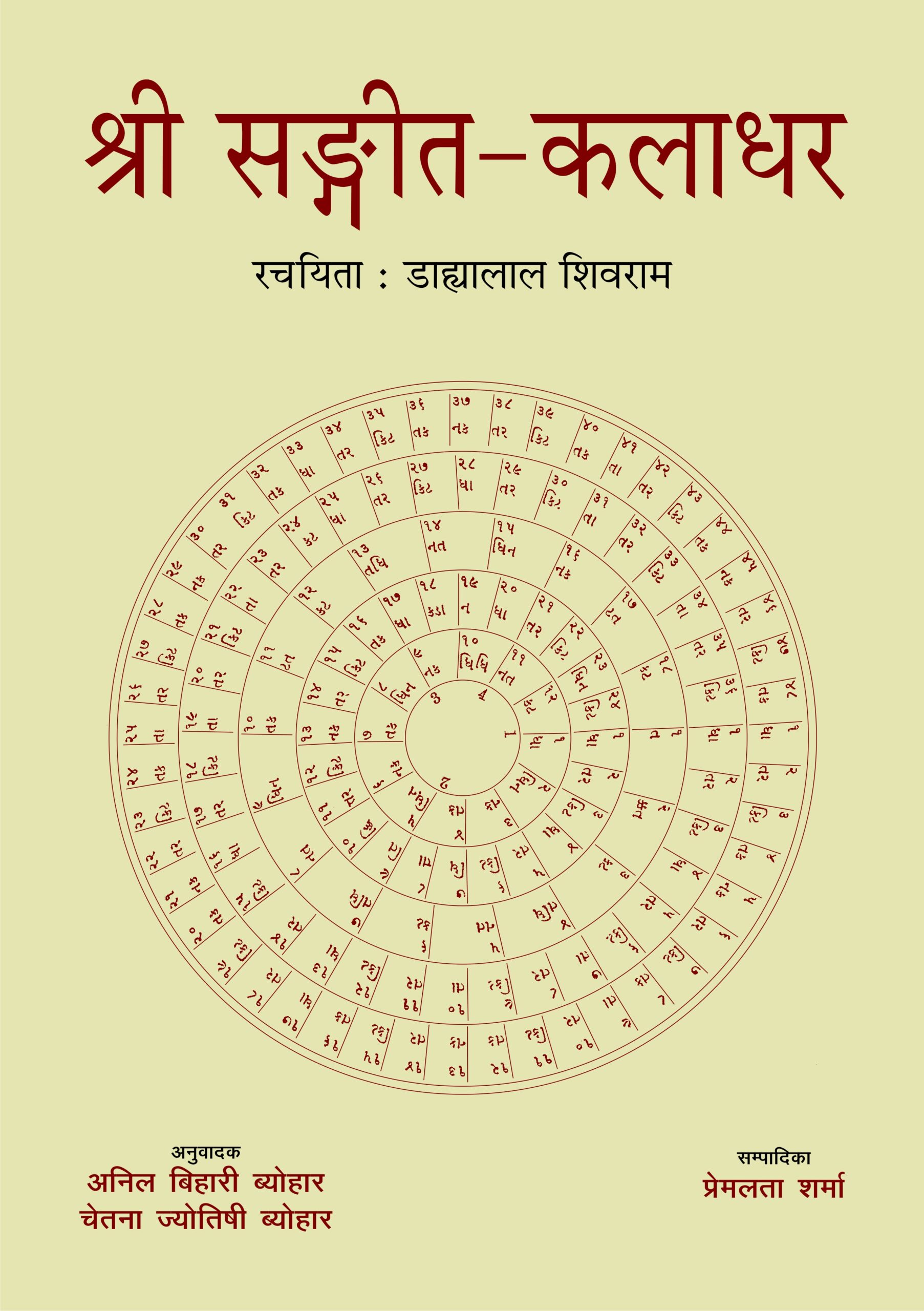

Shri Sangita Kaladha...
Shri Sangita Kaladhara; by Dahyalala Shivarama; Hindi translation by Bihari Byohara and Chetna Jyotisha Byohara
by: Dahyalal Shivram , Anil Bihari Byohar , Chetana Jyotish Byohar , Prem Lata SharmaThis book was written by an unusual royal court poet of Bhavanagar (Gujarat) between 1885 and 1900. It benefits those readers, music lovers and singers who are interested in having knowledge of our ancient musicology. This book tries to project the style and suras prevalent from ancient to the modern times, and is a very useful guide for the music critics.
₹1,250.00 Original price was: ₹1,250.00.₹1,125.00Current price is: ₹1,125.00.
ISBN: 9788124603635
Year Of Publication: 2006
Edition: 1st
Pages : xlii, 546
Language : Hindi
Binding : Hardcover
Publisher: D.K. Printworld Pvt. Ltd.
Size: 29 cm.
Weight: 2300
This book was written by an unusual royal court poet of Bhavanagar (Gujarat) between 1885 and 1900. It benefits those readers, music lovers and singers who are interested in having knowledge of our ancient musicology. This book tries to project the style and suras prevalent from ancient to the modern times, and is a very useful guide for the music critics.
- Sale!Bharatiya Chau-Nritya by: Badari Prasad
₹3,800.00Original price was: ₹3,800.00.₹3,420.00Current price is: ₹3,420.00.Chhau dance has an unbroken relation with the essence of Indian culture. This dance form that flourishes in the forest-areas of Jharkhand, Odisha and West Bengal has already attained widespread acclaim, internationally, as an art. By its distinct confluence of the classical and folk traditions, this art form has carved a niche for itself of being counted as the dance of the traditional and classical discipline. It is based on the foundation of martial art techniques. The most striking features are the multi-coloured, splendid, artistic and attractive masks and magnificent headgears that form part of the decoration and costume design. It consists of dance movements called as nritta-karanas as described in Bharata’s Natyashastra and hand gesticulations as found in Nandikeshvara’s Narityashastra, and is also endowed with varied regional movements of folk forms. This dance form depicts movements of day-to-day activities, gaits of animals and birds, and symbolic gestures accompanied by the war-drums and music giving an experience of the sweet fragrance of the regional music forms. The plot is generally drawn from the Ramayana, Mahbaharata, and various other Puranas and poetry. It is thus a combination of a rich tradition of artistic creativity that has naturally attracted the mind of all age-groups at the national and international arena.
The author has collected authentic information by visiting those places where this dance form is traditionally taught and practised. The author has met the teachers of chhau dance, the designers of masks and costumes, and spent time to gather information to be made available in a single place. In the present text, chhau dance has been presented for the first time elaborately with indepth and authentic details. Along with the presentation of the historical and cultural aspects of chhau dance, its performing aspect, content of plot, costumes, physical gesticulation, instruments and instrumentalists, regional styles, the three distinct styles of chhau its history, folk tradition and other details are elaborated in nine sections. The 200 photographs in this edition reiterate the richness of this art with greater authenticity and thus prove to enliven this traditional art form.
Vol. 1 ISBN: 8124606463, 9788124606469
Vol. 2 ISBN: 8124606471, 9788124606476 - Sale!Avenues to Beauty by: Sushil Kumar Saxena
₹580.00Original price was: ₹580.00.₹522.00Current price is: ₹522.00.This book may well be expected to interest one and all, if only because of the diversity of its content and the way it has been presented.
It has something of value for lovers of both contemporary and traditional thinking on the arts. Essays on Aesthetics Today, The Quest for Key Aesthetic Concepts and The Aesthetic Attitude relate explicitly to present-day aesthetics; and the one on Rasa Theory may well be able to provide some new insights to those who are not averse to looking anew at this impressive foray of traditional Indian thinkers into the region of aesthetics.
However, the essay which is most likely to draw and hold readers attention because of the tantalizing appearance, so to say, of its very subject is the one on Music and Silence. Very few aestheticians have written on it so far; and nowhere, except in this book, is the reference all along to Hindustani music. Nor has our rhythm ever been written on in the way it appears in this book, in terms of the following essays: Hindustani Rhythm and Aesthetic Theory and Hindustani Rhythm and an Aesthetical Issue.
As for the essay on Attenboroughs classic film Gandhi, it may well make readers realize, in happy wonderment, how much they failed to mark when they saw it. Indeed, there is no reason why analytic writing on art should not make us ever more sensitive to the numberless creative devices it employs with delightful effect. - Sale!Folk Songs from Uttar Pradesh by: Laxmi Ganesh Tewari
₹550.00Original price was: ₹550.00.₹495.00Current price is: ₹495.00.Blowing of a conch-shell and/or ringing of a hand bell and/or singing a song to welcome the evening twilight in front of a tulsi plant is a nostalgic scene from Indias past. For the majority of the young Indian population, this daily routine is only depicted on picture postcards or in Bollywood movies. Folk songs in this book were recorded in the 1970s. Since Independence, India has been undergoing fast technological advances; a wave of new internationalism is absentmindedly sweeping away rural traditions. Singing and playing of traditional folk songs and ensembles for appropriate ceremonies are becoming less and less popular; instead, movie songs and modern brass bands are appreciated. Each folk song in this collection is like an artefact in an archaeological museum. These songs tell the story and customs of celebrating life-cycle ceremonies, welcoming seasons, and retelling our mythology. The songs are given in vernacular Hindi language, transliterated, and translated, to facilitate understanding by readers with different backgrounds. The original field recordings have been deposited at the Archives and Research Center for Ethnomusicology of the American Institute of Indian Studies at Gurgaon, Haryana, India, where they are available for listening and recording details.
- Sale!Hindustani Music and the Aesthetic Concept of Form by: Anjali Mittal
₹800.00Original price was: ₹800.00.₹720.00Current price is: ₹720.00.With its roots in the Samaveda (which treats it as a divine art), music in India has a long, splendid tradition. Over the centuries, it has absorbed fresh influences and experimented with new forms to finally evolve into two meticulously codified classical systems: Hindustani and Carnatic. In todays growing library of writings on Hindustani music, Anjali Mittals research is yet another valuable addition adopting, as it does, a viewpoint which has been neglected so far, namely, the viewpoint of contemporary western aesthetics. It is for the first time that this monograph examines the concept of form in Hindustani classical music. In this context, analytic attention has been focussed on some select compositions in dhruvapada, dhamar, tarana, vilambit and drut khyal genres of Hindustani classical vocal music. A wide variety of drut tanas has also been analysed in terms of notation and linear diagrams. Such diagrams, in fact, distinguish the present volume. Analysis of some rhythm-cycles and rhythmic patterns is another feature of this book. Thoroughly documented and written in a jargon-free language, the study includes a contextual discussion of aesthetics, artistic expression, aesthetic predicates and, above all, the concept of artistic form. The work may be expected to interest all those who want an analytic understanding of what form (or bandisha) means in the region of Hindustani classical vocal music.
- Sale!Hindustani Music Today by: Deepak S. Raja
₹600.00Original price was: ₹600.00.₹540.00Current price is: ₹540.00.Stating that Hindustani music should be rightly termed Art music and not classical music, the book begins by discussing the features of Art music and presents an approach to appreciating Hindustani music. It provides a detailed understanding of the components of the raga experience in Hindustani music, including their time theory and the role of Gharanas of the musical tradition.
It deals with genres of raga-based vocal music which have been performed over the last five centuries: Dhrupad, which has its moorings in devotional music; Khayal vocalism shaped by Sufi influences; the thumree, which originated as an accompaniment to the Kathak dance; and the tappa, adapted from the songs of camel drivers in the north-west frontier. It takes up the use of instruments in Hindustani music, especially the Rudra Veena, Sitar, Surbahar, Sarod, Santoor, the Shehnai, Pakhawaj, the Hawaiian Guitar and many others, giving an account of their origin, performing styles and lineages relating to them.
Throughout, the emphasis is on contemporary trends in Hindustani music and its prospects in the future. It mentions the significant practitioners of Hindustani music, both vocal and instrumental.
The volume will interest lovers of Indian music and also scholars who want to have a greater understanding of its traditions, its contemporary appeal and trends in practice.


